First Impressions After 500km with Our Porsche 911 Carrera Cabriolet (992)
公開日:2020.10.05
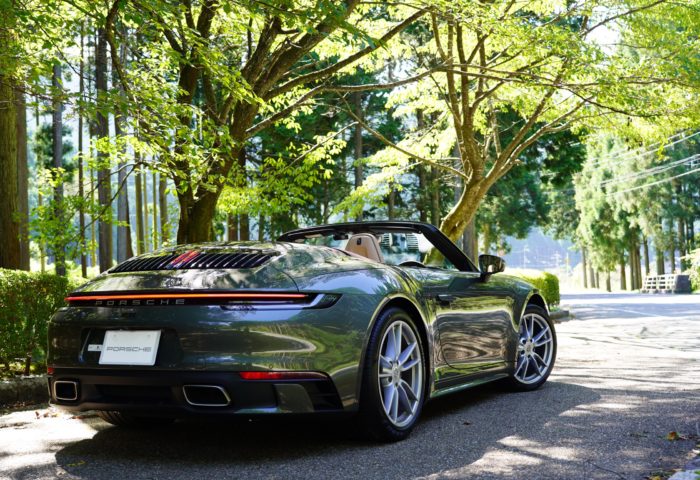
My husband wrote an article sharing his impressions after driving the 911 Cabriolet post-delivery. Please take a look if you’re interested.
First Impressions of the 911 Cabriolet (992)
It’s hard to believe it’s already been about two weeks since the Porsche 911 arrived at our home. We haven’t done any really long trips yet, but he’s taken every chance to drive it, and now that we’ve hit around 500 km, I’d like to share his impressions.
First, let’s talk about the moment he took delivery and started driving. Honestly, the initial impression was quite negative. To be frank, his first thought was, “Hmm, maybe I’ll sell it within a year.”
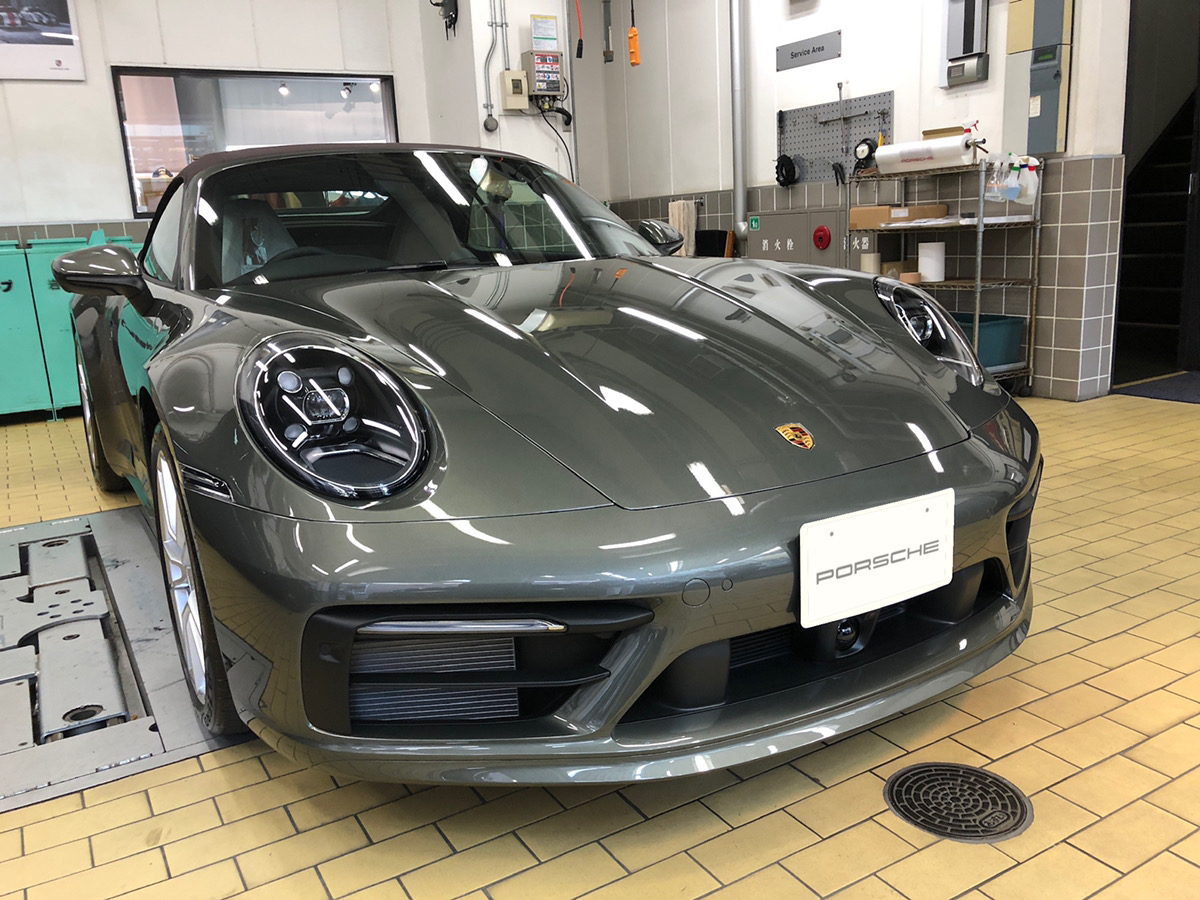
The reason is that the suspension felt quite harsh and stiff, picking up every bump and ripple in the road. Driving out of the dealer and stuck in traffic on a national road, he thought, “What is this? A GT3? Or does it have the PASM Sport chassis?”
The 992 is said to have a suspension that’s about 15% stiffer in the front and 14% stiffer in the rear compared to its predecessor, but even so, it felt very firm—almost too firm.
He immediately checked the TPM (Tire Pressure Monitoring System) and saw that the tire pressures were set to the standard recommended levels, with a slight deviation of about 0.1 bar above the standard. So, the pressures were within the proper range, even if a bit on the higher side.
This car was deliberately equipped with the standard 19/20-inch Carrera wheels to prioritize ride comfort. Despite that, the harshness was quite noticeable.
Trying to stay positive, he analyzed whether the stiffness was due to tire pressure or the typical initial stiffness of a brand-new car’s moving parts as he continued driving.
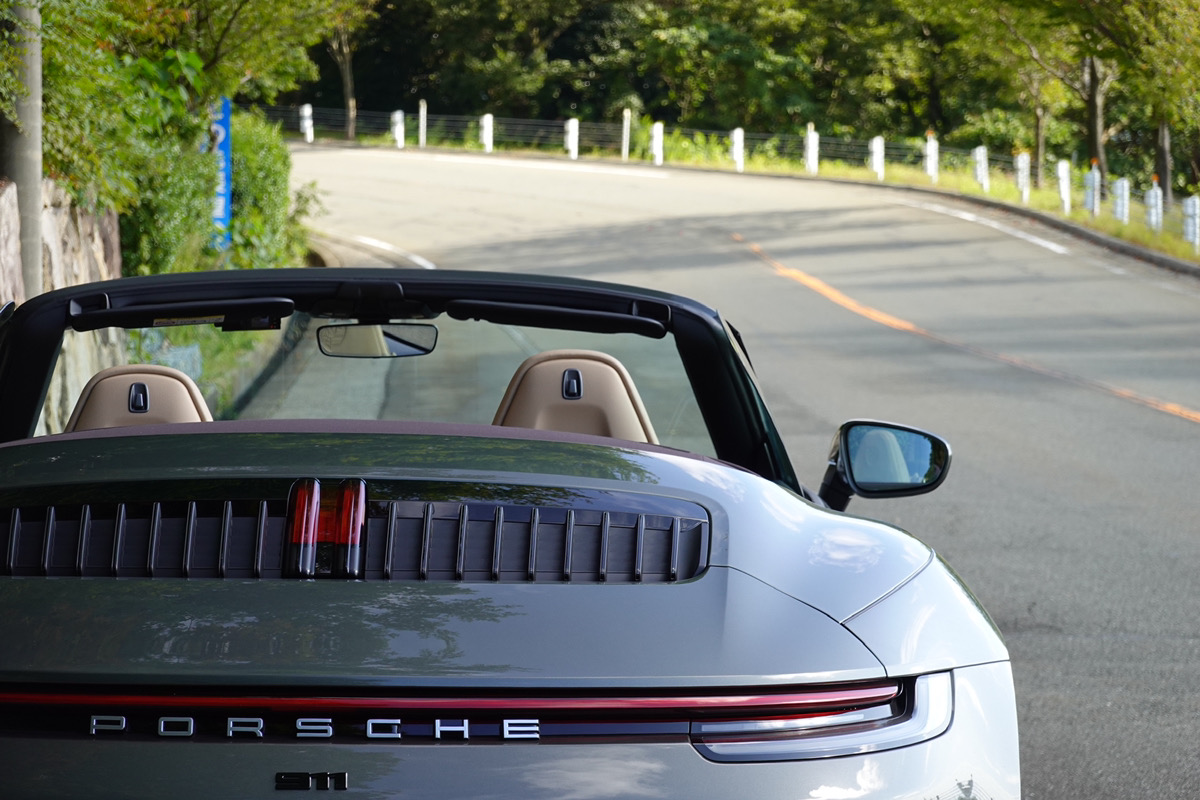
As speed increased, the ride comfort improved somewhat. At typical speeds on flowing national roads, the discomfort was not too bad. Still, compared to the 981 Boxster GTS, the suspension was clearly firmer and transmitted more vibrations.
This reminded him of when he test-drove a brand-new previous-generation 991.2 base 911 Carrera Cabriolet and had a similar impression. Reviewing his notes from that time, the impression was, “Firm and a bit harsh in town, but nice when you get up to speed.” So it’s a similar feeling.
Also, when he first drove the 981 Boxster GTS on the highway, the vibrations transmitted through the steering wheel were stronger than his previous SLK350, so he had the dealer check the wheel balance just in case. Eventually, those vibrations disappeared with mileage, and now the ride is incredibly smooth.
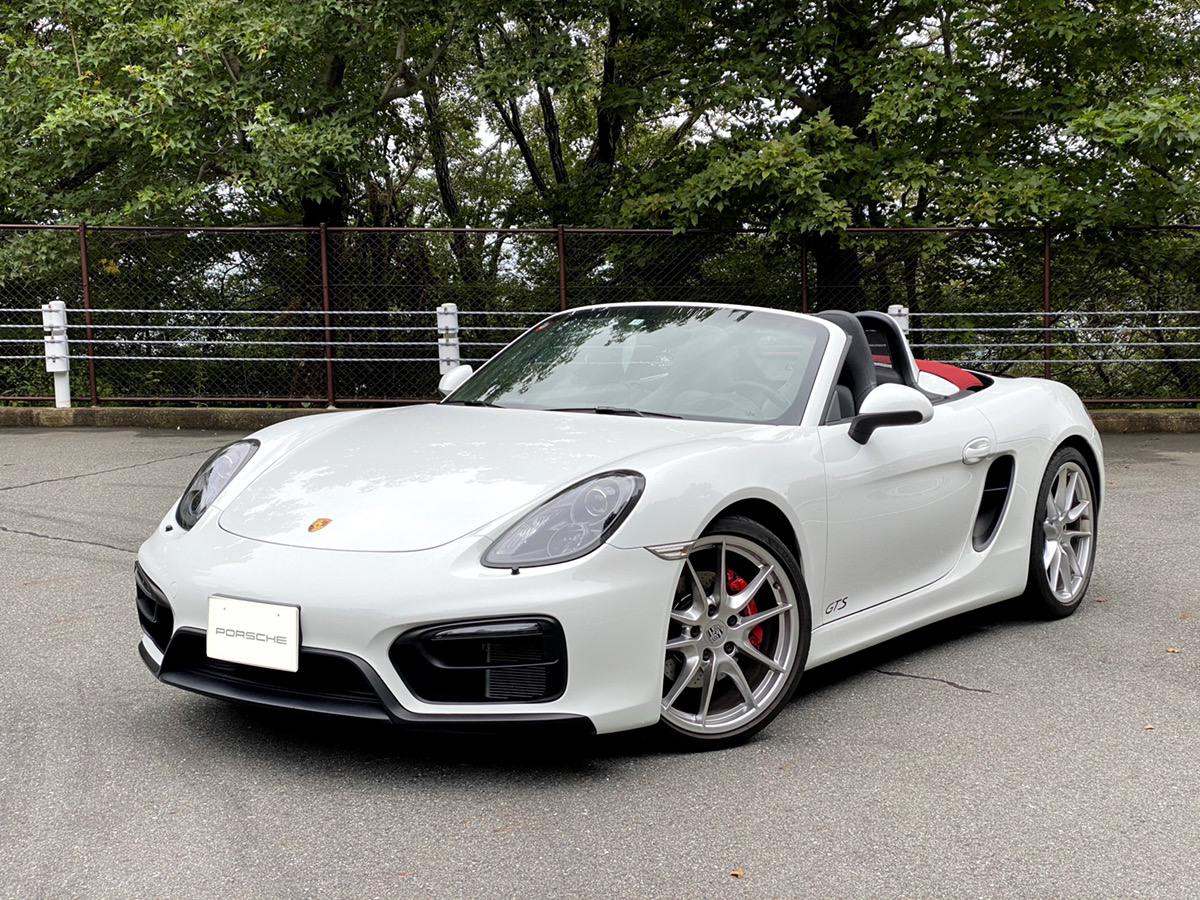
Thinking along those lines, he concluded that the initial harshness might just be the typical stiffness of new car components and headed home.
Later, my wife drove it alone and said, “It’s definitely on the firm side, but not uncomfortable at all.” Since she’s been driving the Cayenne Hybrid a lot lately, she wondered if her ride comfort sensitivity might be a bit off. That wrapped up the day’s drive.
Changes in the 911 Cabriolet
Next time he drove it, he set the tire pressures to the comfort setting, which greatly improved the ride. Still, personally, he found it a bit firm and stiff.
That day, he took the usual driving route: Maizuru-Wakasa Expressway to Kitakinki Toyooka Expressway, then via the scenic Route 427 to the Sugiharagami-no-Sato Taka roadside station.
The impression on the highway was completely different from city driving—very good. The ride was quite flat, with exceptional road grip, tracing the line as if the road had rails. The high-speed stability was simply outstanding. It felt like a mini Panamera.
Compared to the Boxster, the highway ride is indeed firmer but pleasantly so.
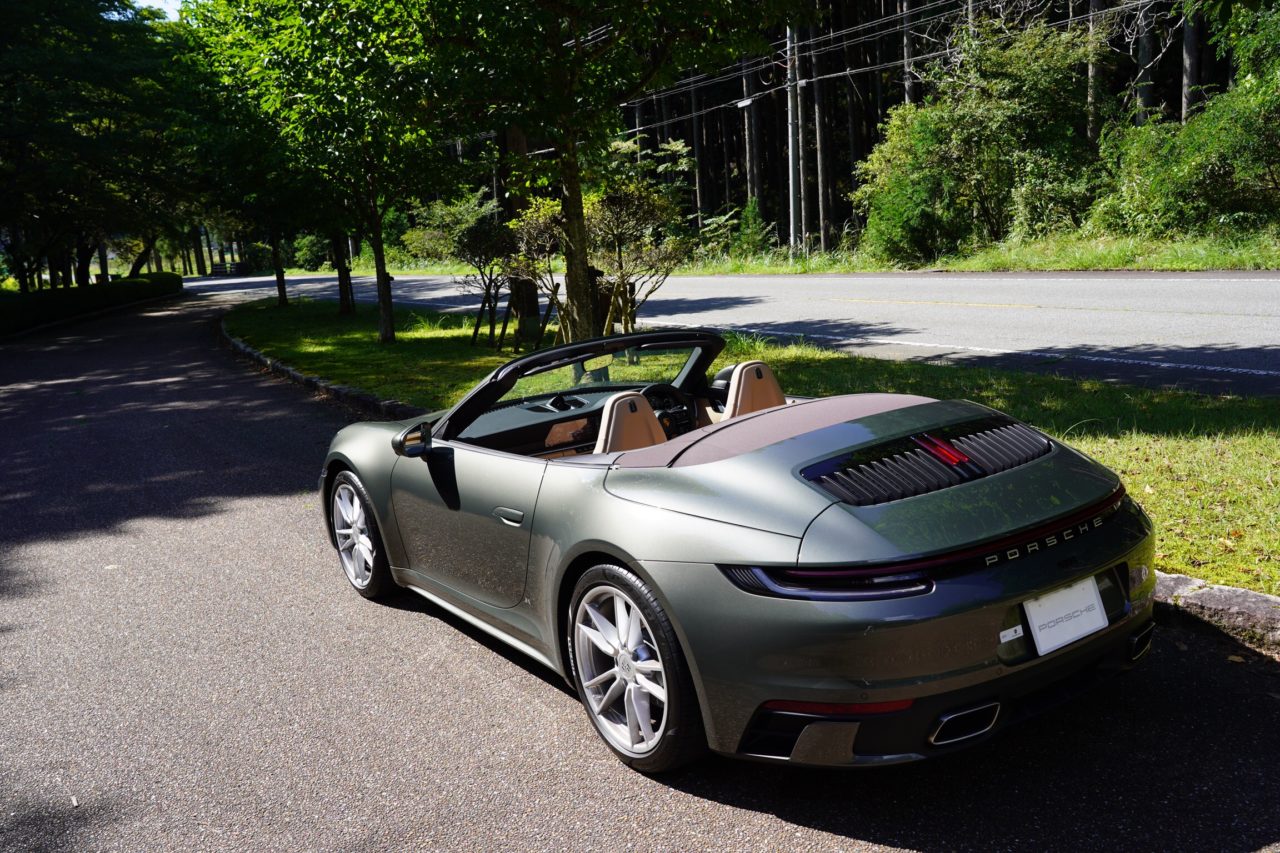
After about 200 km that day, while driving through town on the way home, he suddenly noticed, “Hey, the stiffness is gone?” The suspension was moving more freely, and the initial stiffness of the moving parts seemed to have eased.
Even in the 40–60 km/h range, the car absorbed bumps smoothly, making driving increasingly enjoyable.
One thing is clear: compared to the S models like the Carrera 4S or Carrera S, the base suspension is a bit firmer. Automotive journalists have noted this too. This base Carrera has a sportier suspension setup than the S models, which is a departure from previous generations. He plans to review this in detail later, but it feels similar to the difference between the S and GTS in the 991 generation.
With a wider track and an 11% quicker steering ratio, the 992 feels precisely controllable at the driver’s will. The quicker steering ratio makes a big difference, reducing the amount you need to turn the wheel. However, it’s not as immediately sharp as Italian cars.
There’s still that traditional Porsche magic—a slight playfulness and a subtle “buffer” before the car reacts. This gives a very natural driving feel.
The evolution of the PDK transmission is also remarkable. Even in slow, stop-and-go city traffic, shift shocks are almost nonexistent—this time, it’s fair to say they’re completely gone. The slight shift shocks felt in previous PDKs when going from 1st to 2nd or vice versa have been well eliminated.
It’s very smooth and responsive—just press the accelerator and it moves forward effortlessly, with clutch engagement as smooth as a torque converter automatic.
Since the car is still being broken in, he hasn’t done much sporty driving with the paddle shifters, mostly using Sport mode in automatic. Even then, the transmission’s intelligence is very noticeable. When approaching a corner and braking, it downshifts with perfect timing and blips the throttle. Even if braking gently into a turn, it seems to monitor steering angle and downshifts at just the right moment.
He personally thinks the 991 GT3’s PDK is the world’s best sports automatic, as it seems to “know” the corners and downshifts beautifully. The 992’s PDK control is similarly impressive—it’s that smart and intuitive.
Because of this, automatic mode can feel even more enjoyable than manual paddle shifting.
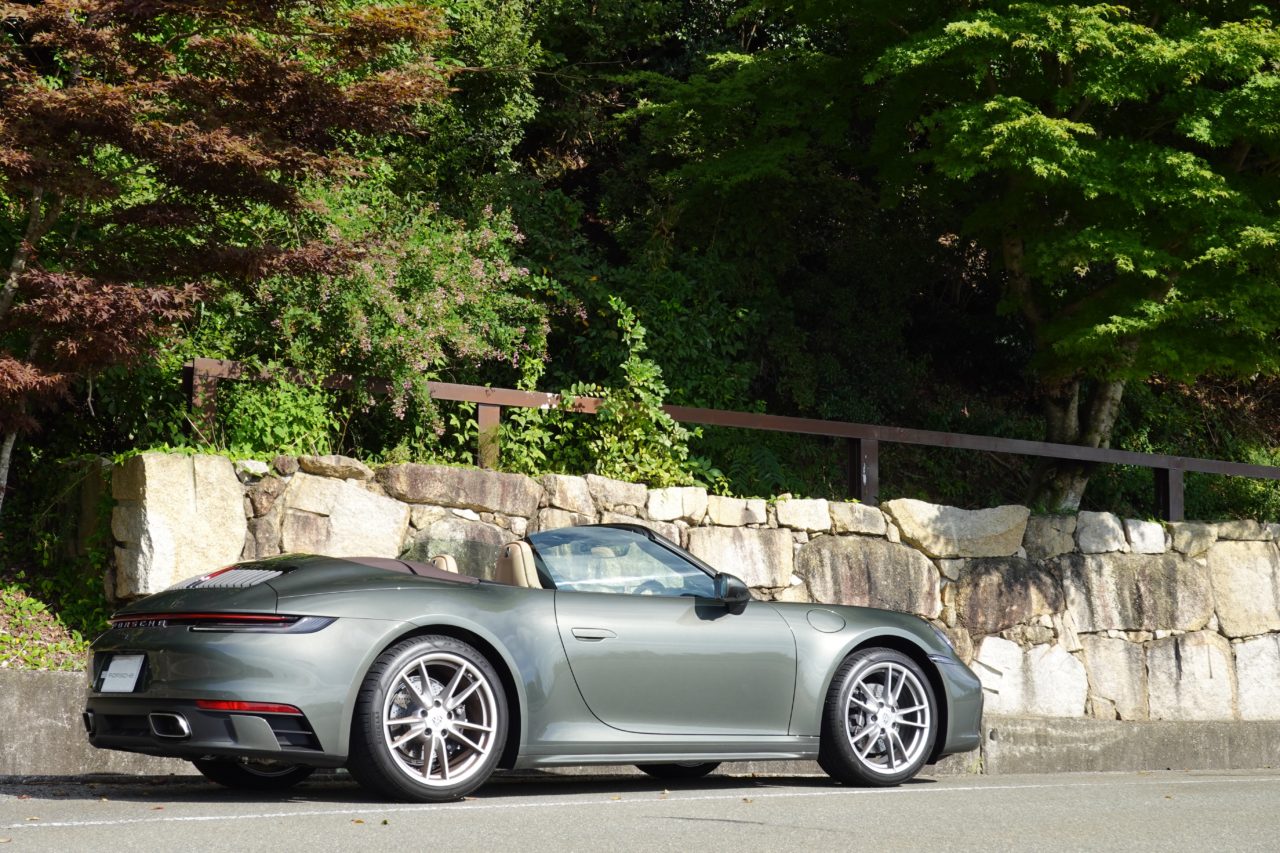
He’s been driving in various situations to finish the break-in quickly, and the 911 feels more and more like a glove that’s molding to his hand with every drive.
The initial concerns felt on delivery day have mostly disappeared. Tire pressures are back to standard, and city driving is totally fine now. The stiffness has really eased.
A blog reader who also owns a Carrera Cabriolet mentioned that the ride comfort improves even more after about 1,500 km, so we’re looking forward to that.
As mileage increases, the engine and suspension will settle in further. At that point, he plans to report again on ride comfort, engine feel, whether the good qualities of the air-cooled era are still inherited, differences from the Carrera S, the Cabriolet experience, the sound quality of the stock exhaust, and the 19/20-inch wheels.
このブログが気に入ったらフォローしてね!


Comment ( 0 )
Trackbacks are closed.
No comments yet.